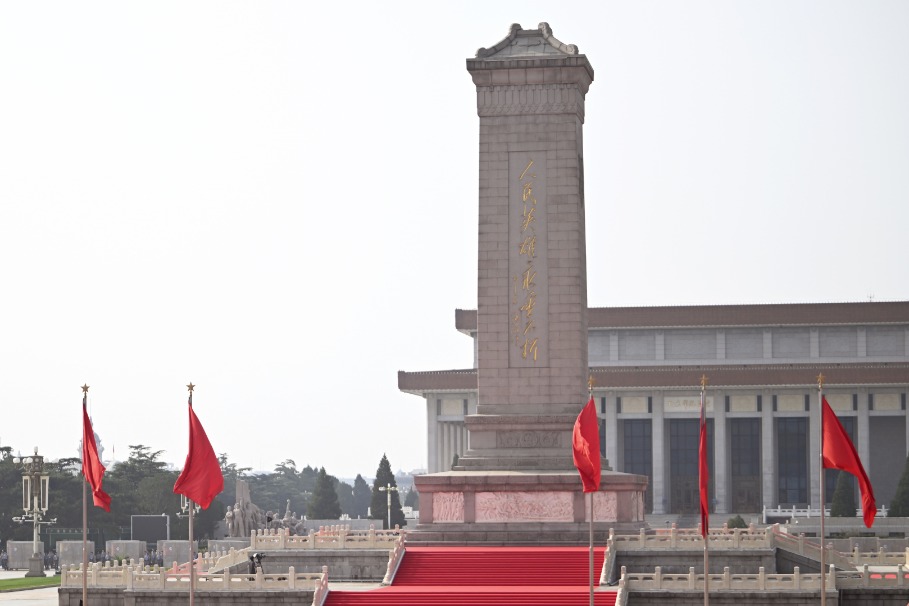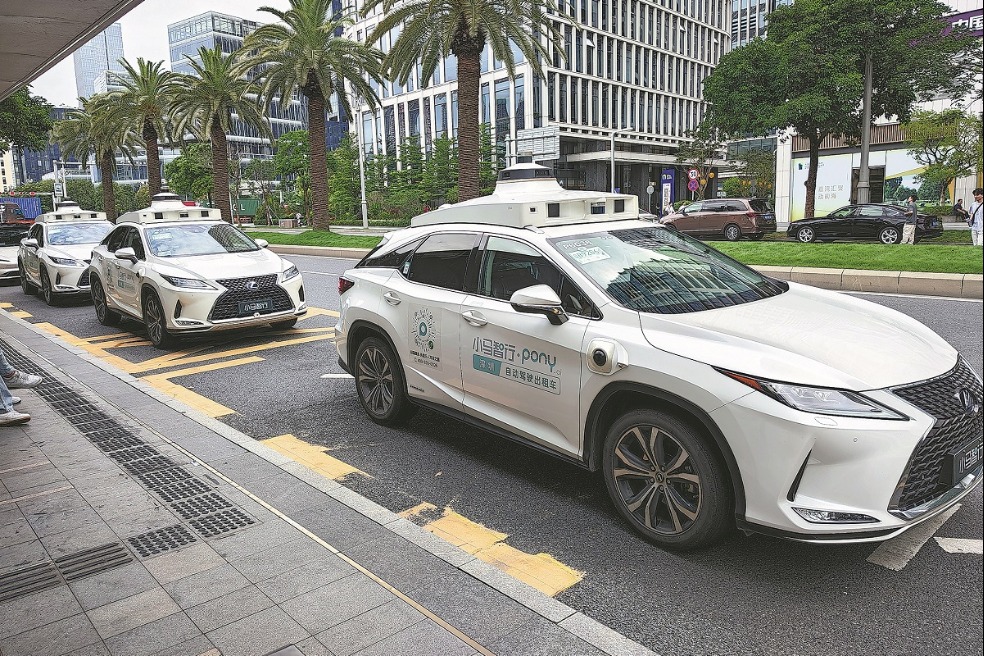Is AI China's critical new productive force?
By Cheng Yu | China Daily | Updated: 2024-02-26 08:24

ChatGPT maker OpenAI from the United States stepped up the global artificial intelligence race in mid-February when it unveiled its text-to-video generation tool Sora. That made me wonder — how long before China develops its own Sora? And, will AI become China's critical new productive force?
According to OpenAI's explainer, Sora is capable of generating complex scenes with a very high degree of accuracy, including multiple characters, specific types of movements, themes and backgrounds. It understands not only what the user requests in the prompts, but also how these things exist in the physical world.
On Feb 16, Zhou Hongyi, founder of cybersecurity firm 360 Security Technology, said Sora may bring a huge disruption to the advertising industry, movie trailers and the short-video industry; what's more, the realization of generative AI may be shortened from 10 years to one or two years.
"Although the development level of large-scale models in China seems to be close to GPT-3.5, there is still an 18-month gap compared to GPT-4.0. OpenAI should still have an ace or two up its sleeve, whether it is GPT-5.0 or machine self-learning to generate content," Zhou said, adding that it is worth paying attention.
According to a report by the Beijing Municipal Science & Technology Commission, China had developed at least 254 AI large language models by October last year. Currently, most domestic large models still have a huge gap with GPT-4.0.
But the country could leverage such frontier AI technologies in more industry-specific scenarios. Or, to put it simply, China needs to apply such technologies to real use, to develop them into productive forces and narrow the gap between itself and the US.
Jia Jiaya, founder of smart manufacturing company SmartMore, told me that GPT-4.0 is less efficient in the industrial sector and that's where Chinese companies found opportunities. His company developed industry GPT, one of the first in the industrial sector, which aims to leverage the LLM to drive the efficiency of industrial sectors.
"No large language model in the world can serve high-end manufacturing currently, and we hope that Chinese companies can develop such large language models to enable frontier technologies to empower industries," he said.
Now, China is the only country in the world that has developed all the industrial categories listed in the United Nations industrial classification. China's supply and industrial chains offer comprehensive services from raw material supply, component production, distribution, assembly, processing and logistics to final delivery to consumers.
It means that any technology will have its best application scenario here in the Chinese market, and without application or commercial use, technology means zero.
Though China still has a gap with the US in such a large model, Chinese AI startup ModelBest Inc launched last month its latest lightweight large model, an emerging less expensive AI technology that aims at more targeted commercialized scenarios.
Dubbed as MiniCPM-2B, the newly launched large model is embedded with a parameter of 2 billion, which is much smaller than 1.7 trillion parameters of OpenAI's massive GPT-4.0.
Li Dahai, CEO of ModelBest, said the new model has very close performance when compared with Mistral-7B on open-sourced general benchmarks with better ability on Chinese, mathematics and coding.
"If the model is compressed, the inference cost of running such a model can be reduced greatly," Li said.
"With the popularity of such endside models, the inference cost of mobile phones will further decrease in the future," he said.
When such smaller models need fewer calculations to operate, it could also mean less powerful processors and less time to complete responses. Wouldn't it be a good opportunity for China to catch up, and harness such a productive tool without wasting too many resources?
























